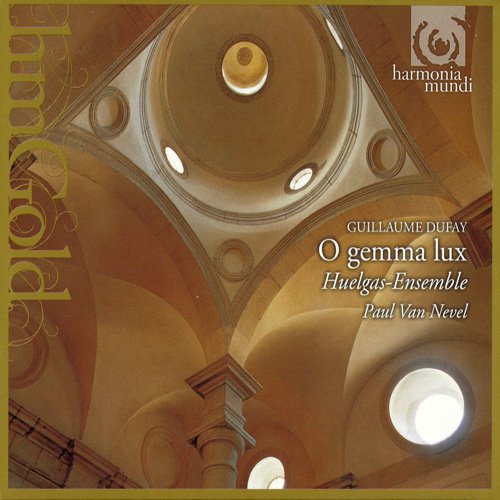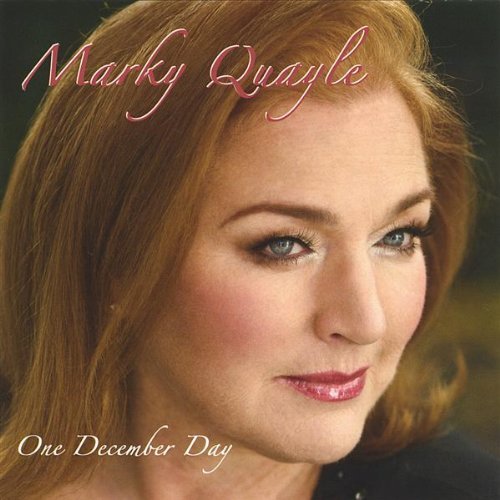Huelgas Ensemble & Paul van Nevel - Guillaume Dufay: O Gemma Lux (2011)

Artist: Huelgas Ensemble & Paul van Nevel
Title: Guillaume Dufay: O Gemma Lux
Year Of Release: 2000 / 2011
Label: Harmonia Mundi
Genre: Classical
Quality: FLAC (image + .cue, log, scans)
Total Time: 68:42 min
Total Size: 335 MB
WebSite: Album Preview
Tracklist:Title: Guillaume Dufay: O Gemma Lux
Year Of Release: 2000 / 2011
Label: Harmonia Mundi
Genre: Classical
Quality: FLAC (image + .cue, log, scans)
Total Time: 68:42 min
Total Size: 335 MB
WebSite: Album Preview
01. Vasilissa ergo gaude
02. O sancte Sebastiane
03. O gemma, lux et speculum
04. Apostolo glorioso
05. Rite majorem Jacobus
06. Ecclesie militantis
07. Balsamus et munda cera
08. Supremum est mortalibus
09. Nuper rosarum flores
10. Salve flos Tusce gentis
11. Magnanime gentes laudes
12. Fulgens iubar ecclesiae dei
13. Moribus et genere
Music appreciation textbooks and timelines in magazines often name Guillaume Dufay as the first great composer of the European Renaissance, but one might equally call him the last great composer of the Middle Ages. This disc presents all 13 of Dufay's isorhythmic motets--the final masterpieces of a very medieval-minded genre. During the Middle Ages, music was considered a science (just like mathematics), and isorhythmic motets are constructed according to strict arithmetical principles. In addition, each voice generally has a different text, while the fundamental voice (called the tenor) usually has no text at all and is often (as here) performed by instruments. As this description might indicate, isorhythmic motets are among the most intellectualized and least emotive works in the entire pre-20th century repertory--yet Paul van Nevel and the Huelgas Ensemble achieve an impressive range of expression from such seemingly poker-faced music. Apostolo glorioso (composed for the consecration of a church) and Ecclesie militantis (written for the coronation of a Pope), performed by choir and (antique) brass, are ornate and imposing, while Magnanime gentes laudes, done by one soprano, one tenor, and one trombone doubled by recorder, is intimate and delicate. The director's excellent program notes explain how isorhythmic motets are constructed and what to listen for. Van Nevel also offers wise advice: Don't listen to this disc straight through--rather, listen carefully to one or two motets several times until you recognize the structural markers, then move on to other motets later. Following that advice will make this CD somewhat more work than most, but the listener's effort will be richly repaid by these splendid performances. -- Matthew Westphal

![Nahokimama, Toshiki Soejima - Kimama Beats (2025) [Hi-Res] Nahokimama, Toshiki Soejima - Kimama Beats (2025) [Hi-Res]](https://img.israbox.com/img/2025-12/29/i50g7o4brwn6lxr9j9oubdpt7.jpg)





![The Mood Mosaic - Phase Shifter (Umiliani's Cosmic Funk Legacy) (2025) [Hi-Res] The Mood Mosaic - Phase Shifter (Umiliani's Cosmic Funk Legacy) (2025) [Hi-Res]](https://www.dibpic.com/uploads/posts/2025-12/1766821753_vmhoaahqyhu2p_600.jpg)
![Fabio Fabor - Orfeo in Paradiso (2025) [Hi-Res] Fabio Fabor - Orfeo in Paradiso (2025) [Hi-Res]](https://img.israbox.com/img/2025-12/25/q71ujyj7y05hb70sb98yrxcyd.jpg)